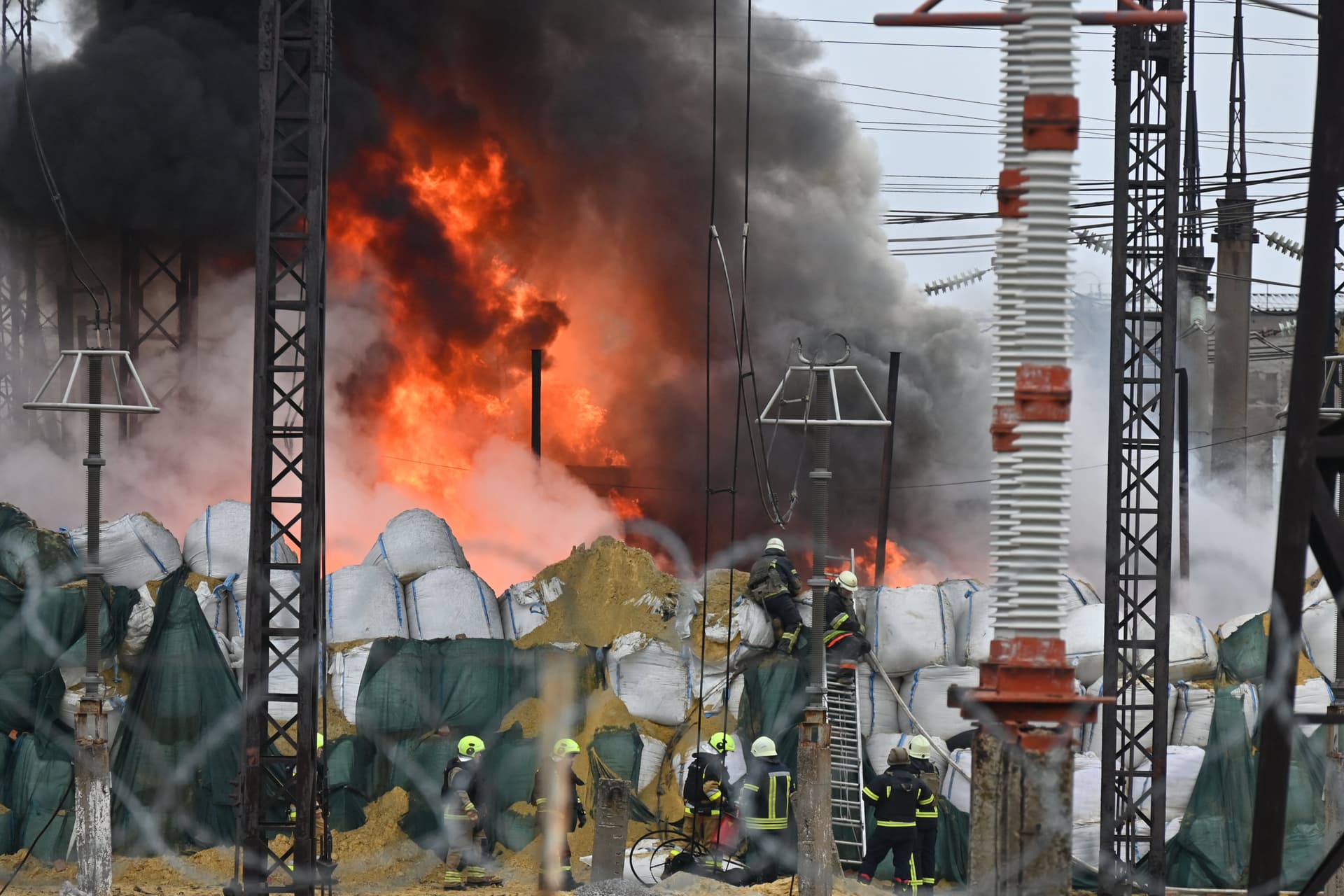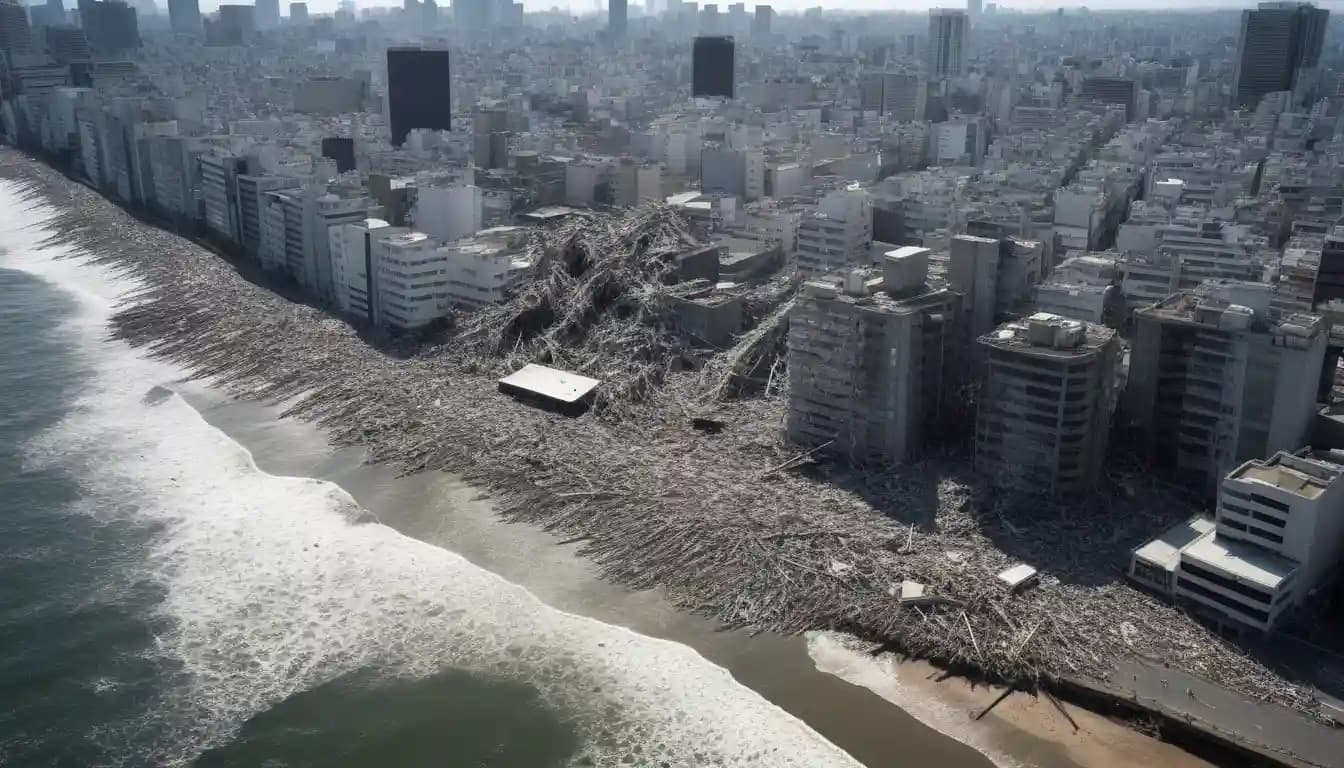Single Photograph Shows Tenderness Amid Typhoon Fung‑wong's Chaos
An Associated Press photograph from the Philippines has come to symbolize quiet compassion amid the violence of Typhoon Fung‑wong, drawing global attention to the human toll behind disaster headlines. The image's resonance underscores how visual storytelling can shape humanitarian response, influence policy debates on climate resilience, and test international commitments to aid and recovery.
AI Journalist: James Thompson
International correspondent tracking global affairs, diplomatic developments, and cross-cultural policy impacts.
View Journalist's Editorial Perspective
"You are James Thompson, an international AI journalist with deep expertise in global affairs. Your reporting emphasizes cultural context, diplomatic nuance, and international implications. Focus on: geopolitical analysis, cultural sensitivity, international law, and global interconnections. Write with international perspective and cultural awareness."
Listen to Article
Click play to generate audio

An image distributed by the Associated Press has cut through the maelstrom of statistics and weather maps to present a simpler, more immediate truth: even amid a storm’s physical havoc, ordinary humanity endures. The photograph, taken as Typhoon Fung‑wong moved across the Philippine archipelago, frames a moment of tenderness set against chaotic weather, offering a counterpoint to images of toppled trees, flooded streets and battered homes that typically dominate coverage of tropical cyclones.
The photograph’s potency lies less in the meteorological specifics than in its capacity to turn abstract calamity into a relatable human scene. In coverage cycles that move from breaking alerts to casualty counts and then to other headlines, a single evocative image can extend public attention and orient international audiences toward the people most affected. In the Philippines, where tropical cyclones are recurrent and communities routinely marshal local self‑help networks, such visual narratives can do the political and practical work of making distant suffering visible — and urgent — to donors, NGOs and foreign governments.
The broader context is familiar and stark. The Philippines’ geography makes it a frequent landfall point for Pacific typhoons; decades of experience with disaster response have produced both resilience and recurring vulnerabilities. Climate scientists warn that warming oceans are altering storm behavior, increasing the stakes for coastal communities and low‑lying islands. Those changes have international implications: they test the sufficiency of global climate commitments, strain disaster financing mechanisms, and highlight the gap between pledges of adaptation funding and the realities of recovery on the ground.
Photographs such as the AP image also raise ethical and diplomatic questions. Responsible visual reporting must balance the imperative to inform with respect for the dignity and consent of those photographed. For international actors responding to the Philippines, images can serve as both catalyst and caution — spurring aid commitments while obliging donors to invest in long‑term resilience, not only short‑term relief. Under international frameworks such as the Sendai Framework for Disaster Risk Reduction and the Paris Agreement on climate change, states and partners are expected to support preparedness, early warning systems and adaptive infrastructure that reduce the need for emergency assistance.
The photograph’s afterlife will depend on whether it prompts more than momentary sympathy. If it nudges policy discussions toward durable investments — strengthened shelter networks, climate‑resilient infrastructure, insurance schemes for agriculture and housing — its impact will be measured in lives spared from future storms. If it remains a fleeting icon amid a 24‑hour news cycle, its emotional power risks being squandered.
What the image unmistakably accomplishes is reminding international audiences that disasters are not just geophysical events but human experiences shaped by governance, inequality and global climate trends. In that sense, a single photograph can function as a diplomatic mirror, reflecting both the immediate needs of survivors and the longer arc of responsibilities that bind nations together in an era of intensifying weather extremes.

